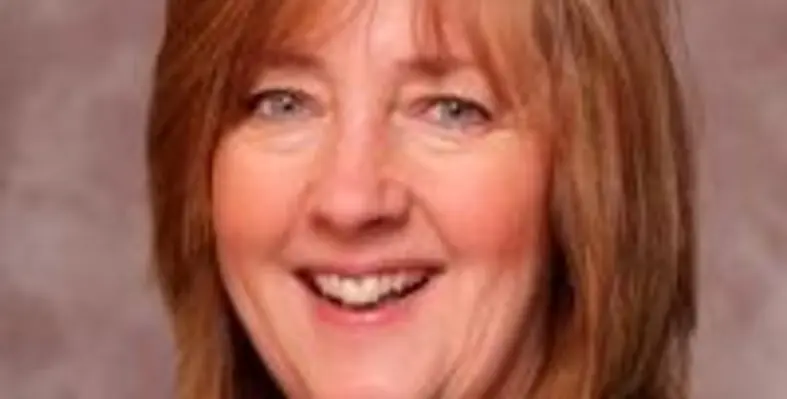Organisations worldwide are helping to solve water scarcity, but more has to be done to meet the UN’s sustainability goals
Around the globe, water scarcity affects millions of people each year. In India, the government is also looking for ways to have clean water available across the country, particularly in small rural villages. To illustrate, the state of Uttar Pradesh has approximately one and a half million people living in nearly 400 villages, such as the small village of Khatan, that struggle every day to access clean water. In these villages, many women walk several kilometres each day to fetch water – often taking their children along, preventing them from attending school and obtaining a good education. Since water is the top priority of the villages, these women are also prevented from earning wages they need to support their families.
Aim to provide clean water
Uttar Pradesh State Water and Sanitation is improving the state’s water infrastructure with a mission to bring drinking water to every household. One of its projects is the Khatan Group of Villages Water Supply Scheme, awarded to Larsen & Toubro Construction. The project includes designing and constructing an intake well to collect water from the Yamuna River, as well as an approach bridge that connects to a water treatment plant, 40 intermediate booster pumping stations, 121 elevated storage tanks to distribute the water through a 1,531-kilometer pipeline network, and a 2,129-kilometer distribution pipeline network that serves the community. Larsen & Toubro Construction needed to provide a complete solution, from concept to commissioning, that extends into 10 years of operation and maintenance for what will be an integrated smart water system.
There were many engineering challenges, magnified by a very tight timeline. Within six months, the team had to generate 890 BIM models for 200 different structures, all considering various soil interactions. The design of the water supply system proved to be a significant challenge, so the team turned to Bentley software to help determine the best and most economical design.
Larsen & Toubro used an in-house electronic document management system to manage the five disciplines involved in the drawings. The documents were uploaded in the EDMS database for verification by corresponding section heads. The section heads of the corresponding disciplines reviewed the drawings and gave clearance that all of the requirements were updated. After clearance, the workflow was automatically routed for interfacing to the respective disciplines, then re-routed to the design division head for final review.
Using OpenFlows WaterGEMS, the engineering team rapidly designed the network, putting them ahead of schedule. With the help of STAAD.Pro, the team was able to quickly design the structural foundations for the treatment facility, elevated storage tanks, and other structures, allowing the design work to be completed 30% faster than they would have using manual methods. They used PLAXIS to secure the safety of the work area, determining safe excavation sloping and saving time and money. The engineering design phase was ahead of schedule saving two precious months due to digitalisation support from Bentley applications, helping them to deliver the project 25% faster.
A key consideration in the engineering of this project was that the treatment facility had to fit within a very limited land area. Larsen & Toubro were sensitive and considerate in keeping the sacred grounds of the nearby temple untouched. Located directly in the middle of the space to avoid upsetting the local community, they found innovative ways to connect pipelines around the temple grounds. It is a testament to the Larsen & Toubro’s values, skills, and caring culture that they prided themselves on this attention to detail.
One step forward, two steps back on UN’s 2030 Sustainability Goal for Water
The Larsen and Toubro project demonstrates the importance of accelerating access to clean water. The United Nations Sustainable Development Goal #6 established this lofty universal call to action as part of the 17 sustainability goals agreed upon by the United Nations General Assembly in 2015 to achieve a better and more sustainable future for all by the year 2030. Goal #6 is to ensure availability and sustainable management of water and sanitation for all. It encompasses six outcome-oriented targets, including safe and affordable drinking water and improving water quality.

This article has been authored by Sandra DiMatteo industry marketing director, Water Infrastructure at Bentley. She has more than 25 years of experience in reliability and asset performance management software, asset lifecycle information management, and digital twin cloud solutions in the water and wastewater, energy, and process industries.




